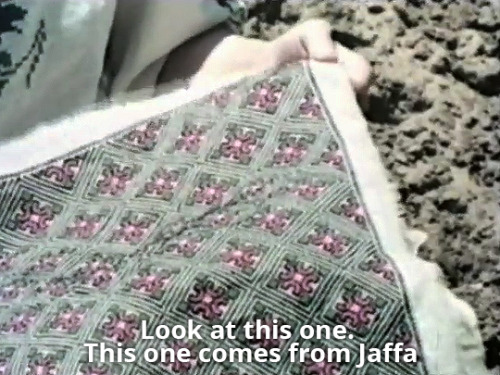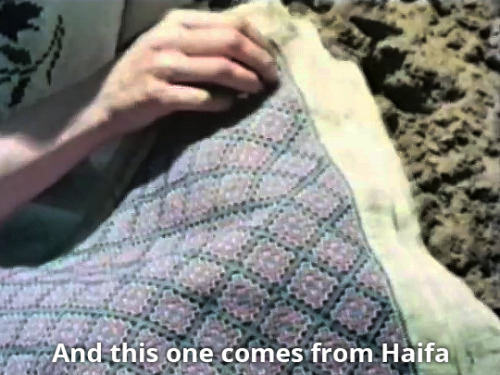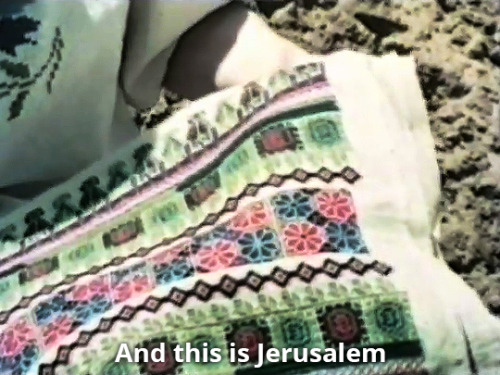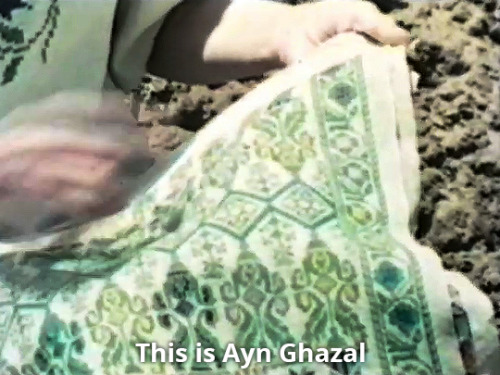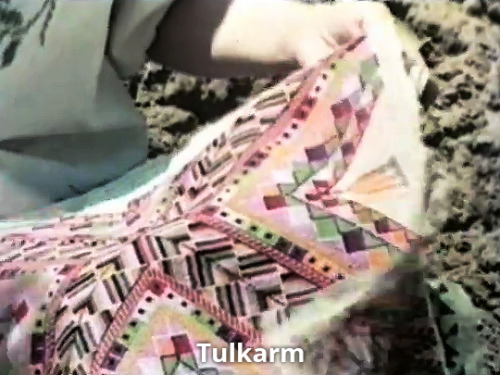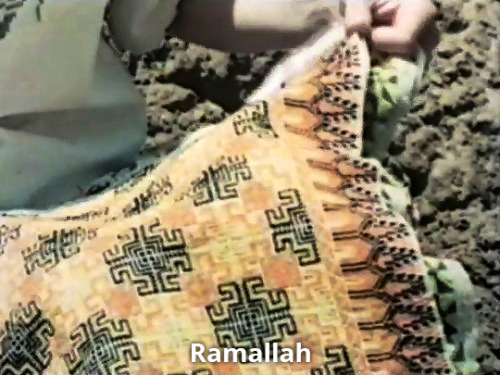Gustave Caillebotte - The Plain Of Gennevilliers From The Hills Of Argenteuil (1888)

Gustave Caillebotte - The Plain of Gennevilliers from the Hills of Argenteuil (1888)
More Posts from Soupremeartressources and Others
hii! do you have or could you please make some pose references with a bow? :D
Hi there! :3
I don't have a lot right now but maybe this helps!
(Please note that I have no experience whatsoever. :'D)



I highly recommend @blumineck if you are looking for accurate (and fun) archer poses.
You can also check out the amazing packs that David and Kyle made:

Have a great day! 🌺
Writing A Blind/Visually Impaired Character: Canes, Guide Dogs, O&M
Wow, back in June I decided to take a few months break from blogging to recharge and focus on my mental health. About a month ago I began writing this specific post, slowly and in stages because of how demanding, detailed, and long it is.
I’m not sure when I planned to come back. I have about 200 posts with tags and image description in my drafts folder, waiting to be queued, but I wanted to finish this guide before I fully came back.
Come back with a bang, right?
But this blog, and specifically, my Writing a Blind or Visually Impaired Character guide, has gotten so much traffic and support that I felt incredibly motivated to come back now.
So I finished the guide, and now here it is. It’s been a year+ in the making. Since the very beginning of this writing advice series about writing blind characters, I’ve promised to write a guide specifically about canes, guide dogs, O&M, and other accessibility measures the blind community relies on.
In fact, if you look at my master post for this guide (now pinned at the first post on my blog) you’ll find that it was reserved as Part Four, even as other guides and additions were added over the last year.
In this post I’ll be explaining
What Orientation and Mobility (O&M) is
How one learns O&M
About canes, from different types of canes and their parts, as well as how to use a cane.
I will be explaining the sensory experiences of using a cane and how to describe it in narrative.
I will include small mannerisms long-time cane uses might develop.
At the very end will be a section on guide dogs, but this will be limited to research because I have no personal experience with guide dogs, being a cane user.
Disclaimer: I am an actual visually impaired person who has been using a cane for nearly three years and has been experiencing vision loss symptoms for a few years longer than that. This guide is based on both my experiences and my research. My experiences are not universal however because every blind person has a unique experience with their blindness
Keep reading
![Gonkar Gyatso, B. Lhasa, Tibet, 1961 My Identity Nos. 1-4 UK (2003) [Source]](https://64.media.tumblr.com/74feb6327a54a8f8b4bc501461b7a565/tumblr_oj95ywi4MY1ug5xwdo5_500.jpg)
![Gonkar Gyatso, B. Lhasa, Tibet, 1961 My Identity Nos. 1-4 UK (2003) [Source]](https://64.media.tumblr.com/8938f12ac4073955d41ca3f81dd4c13f/tumblr_oj95ywi4MY1ug5xwdo6_500.jpg)
![Gonkar Gyatso, B. Lhasa, Tibet, 1961 My Identity Nos. 1-4 UK (2003) [Source]](https://64.media.tumblr.com/020061e6bc17539fc9855ca8c384af3a/tumblr_oj95ywi4MY1ug5xwdo7_500.jpg)
![Gonkar Gyatso, B. Lhasa, Tibet, 1961 My Identity Nos. 1-4 UK (2003) [Source]](https://64.media.tumblr.com/d3f70902cb485d3f7c4dade5a07fb3f1/tumblr_oj95ywi4MY1ug5xwdo8_500.jpg)
Gonkar Gyatso, b. Lhasa, Tibet, 1961 My Identity Nos. 1-4 UK (2003) [Source]
A leading figure in contemporary Tibetan art, since the beginning of his career Gonkar Gyatso has attempted to unify divergent abstract and hyperrealist representational systems used as politicised tools to promote religious belief or totalitarian party lines…
The photographic series My Identity is emblematic of the artist´s major ideological shifts across national, political and stylistic borders that constitute “Tibet.” The central motif of the series is a re-enactment of a 1937 photo by C. Suydam Cutting, the first Westerner to enter the Tibetan capital, that portrays the Dalai Lama’s senior thangka painter at work.
In each photo, Gyatso is seated before a canvas looking out at the viewer, but each time the context is radically different. The first image depicts Gyatso dressed in a traditional Tibetan robe drawing a devotional Buddha figure; in the second he is a Communist Chinese painter rendering an image of Mao Tse-Tung; in the third he is a contemporary refugee artist painting the Potala Palace, chief residence of the Dalai Lama before he fled to Dharamsala; the fourth shows the contemporary Gyatso sitting in a modern flat in the act of creating an abstract image.
One can interpret these photographs as cosmetic transformations depicting his life in each of these locations; in reality they act as Barthesian “certificates of presence” that ask who, and what, has the power to control forms of iconization.


















Join me this weekend at Paris City Pop and check out the most spectacular line up of artists I have ever had the privilege of being a part of! It will take place inside the 13th Arrondissement town hall, entry is free, and it will be 100% Artist Alley, with conferences!
Poster by @cy-lindric @juliettebrocal
looked a cool artist i found and instead of her actual art the first result google showed me was AI art made with her work. i hate it here!!!!!!!
-
 soupremeartressources reblogged this · 1 month ago
soupremeartressources reblogged this · 1 month ago -
 retailther4py liked this · 2 months ago
retailther4py liked this · 2 months ago -
 epicuross liked this · 5 months ago
epicuross liked this · 5 months ago -
 noor-eva reblogged this · 5 months ago
noor-eva reblogged this · 5 months ago -
 asiasarai liked this · 5 months ago
asiasarai liked this · 5 months ago -
 untitledcy reblogged this · 5 months ago
untitledcy reblogged this · 5 months ago -
 vistoporahifuera reblogged this · 5 months ago
vistoporahifuera reblogged this · 5 months ago -
 thearspoetica reblogged this · 5 months ago
thearspoetica reblogged this · 5 months ago -
 thearspoetica liked this · 5 months ago
thearspoetica liked this · 5 months ago -
 breadbowll liked this · 5 months ago
breadbowll liked this · 5 months ago -
 nerdyqueerr liked this · 5 months ago
nerdyqueerr liked this · 5 months ago -
 sesamie reblogged this · 5 months ago
sesamie reblogged this · 5 months ago -
 denbeers liked this · 5 months ago
denbeers liked this · 5 months ago -
 laperlla reblogged this · 5 months ago
laperlla reblogged this · 5 months ago -
 denbeers reblogged this · 5 months ago
denbeers reblogged this · 5 months ago -
 plannedyourobsolescence liked this · 7 months ago
plannedyourobsolescence liked this · 7 months ago -
 beaver-moon reblogged this · 7 months ago
beaver-moon reblogged this · 7 months ago -
 beaver-moon liked this · 7 months ago
beaver-moon liked this · 7 months ago -
 bliss-and-heaven reblogged this · 7 months ago
bliss-and-heaven reblogged this · 7 months ago -
 therealkasia reblogged this · 7 months ago
therealkasia reblogged this · 7 months ago -
 lorendesanti liked this · 7 months ago
lorendesanti liked this · 7 months ago -
 daplatano reblogged this · 7 months ago
daplatano reblogged this · 7 months ago -
 fruitsdontknow reblogged this · 8 months ago
fruitsdontknow reblogged this · 8 months ago -
 spark1eheartemoji liked this · 8 months ago
spark1eheartemoji liked this · 8 months ago -
 botanicalwitch reblogged this · 8 months ago
botanicalwitch reblogged this · 8 months ago -
 angelboylove liked this · 8 months ago
angelboylove liked this · 8 months ago -
 comtedemoney liked this · 8 months ago
comtedemoney liked this · 8 months ago -
 aravenlunatic liked this · 8 months ago
aravenlunatic liked this · 8 months ago -
 jeffrothehomo reblogged this · 8 months ago
jeffrothehomo reblogged this · 8 months ago -
 jeffrothehomo liked this · 8 months ago
jeffrothehomo liked this · 8 months ago -
 finndiseicla liked this · 8 months ago
finndiseicla liked this · 8 months ago -
 queerhistorymajor reblogged this · 8 months ago
queerhistorymajor reblogged this · 8 months ago -
 browinning7 liked this · 9 months ago
browinning7 liked this · 9 months ago -
 fuckintheia liked this · 9 months ago
fuckintheia liked this · 9 months ago -
 denbo66 liked this · 9 months ago
denbo66 liked this · 9 months ago -
 this-is-not-a-slow-burn reblogged this · 9 months ago
this-is-not-a-slow-burn reblogged this · 9 months ago -
 this-is-not-a-slow-burn liked this · 9 months ago
this-is-not-a-slow-burn liked this · 9 months ago -
 alteregodepega liked this · 10 months ago
alteregodepega liked this · 10 months ago -
 mr-froggio reblogged this · 10 months ago
mr-froggio reblogged this · 10 months ago -
 mr-froggio liked this · 10 months ago
mr-froggio liked this · 10 months ago -
 gieliovrjelly liked this · 10 months ago
gieliovrjelly liked this · 10 months ago -
 thom-57 liked this · 10 months ago
thom-57 liked this · 10 months ago -
 gomodernart liked this · 10 months ago
gomodernart liked this · 10 months ago -
 knarsisus reblogged this · 10 months ago
knarsisus reblogged this · 10 months ago -
 soundgrammar reblogged this · 10 months ago
soundgrammar reblogged this · 10 months ago -
 soundgrammar liked this · 10 months ago
soundgrammar liked this · 10 months ago -
 widevibratobitch liked this · 11 months ago
widevibratobitch liked this · 11 months ago -
 elisevaa liked this · 11 months ago
elisevaa liked this · 11 months ago
237 posts




